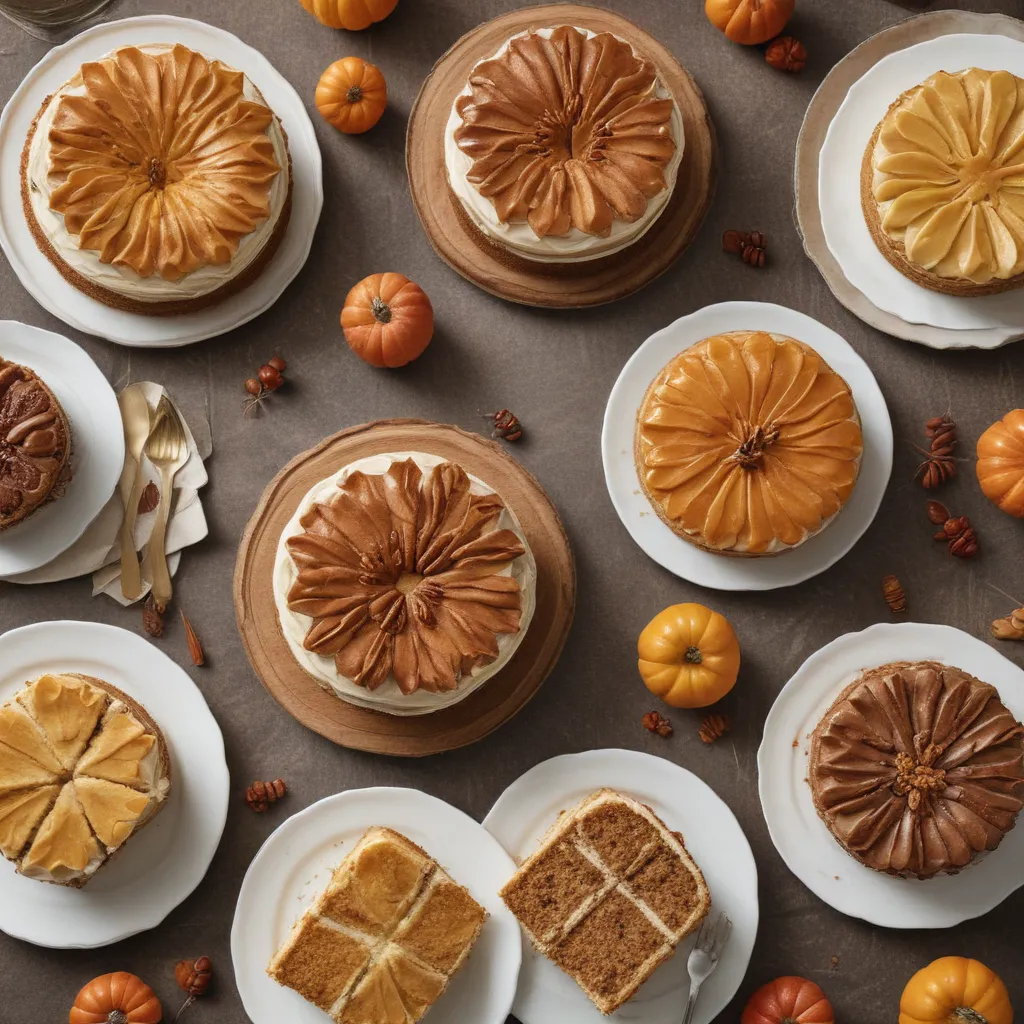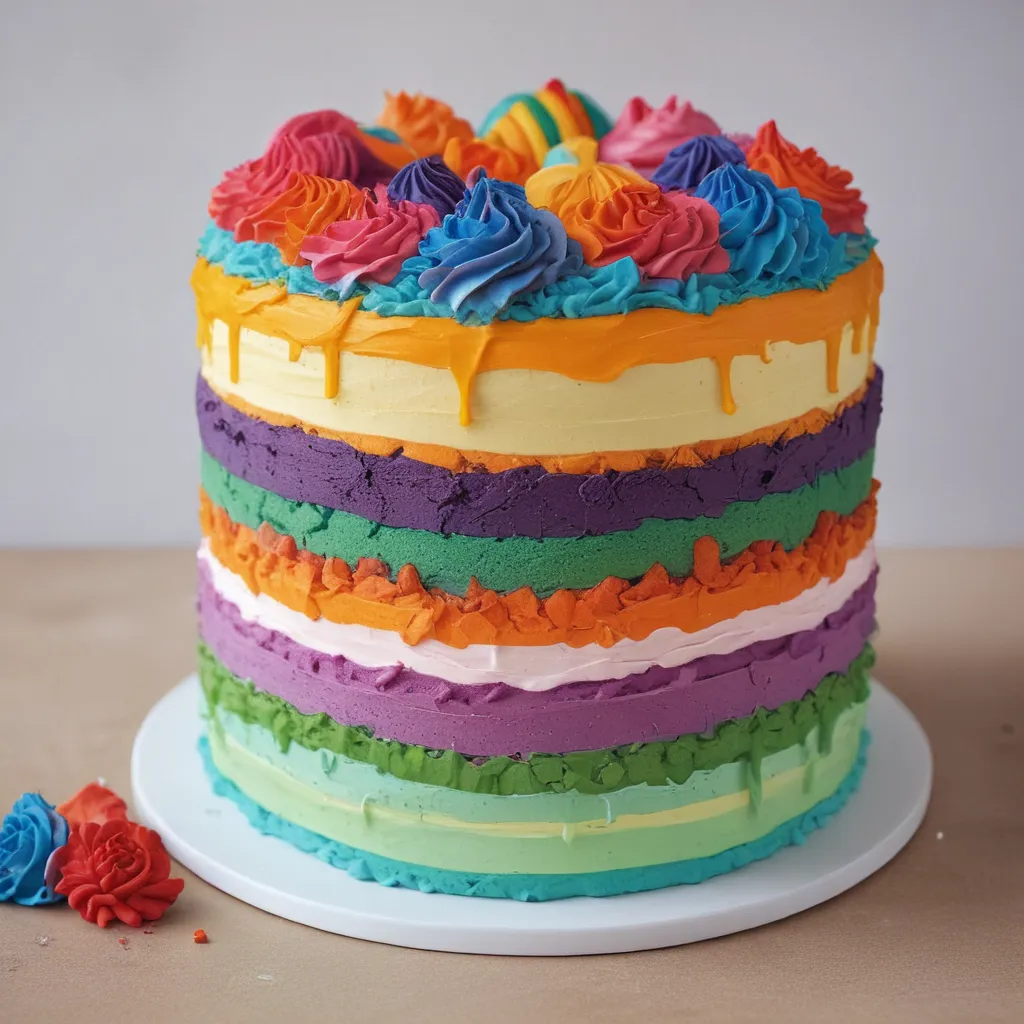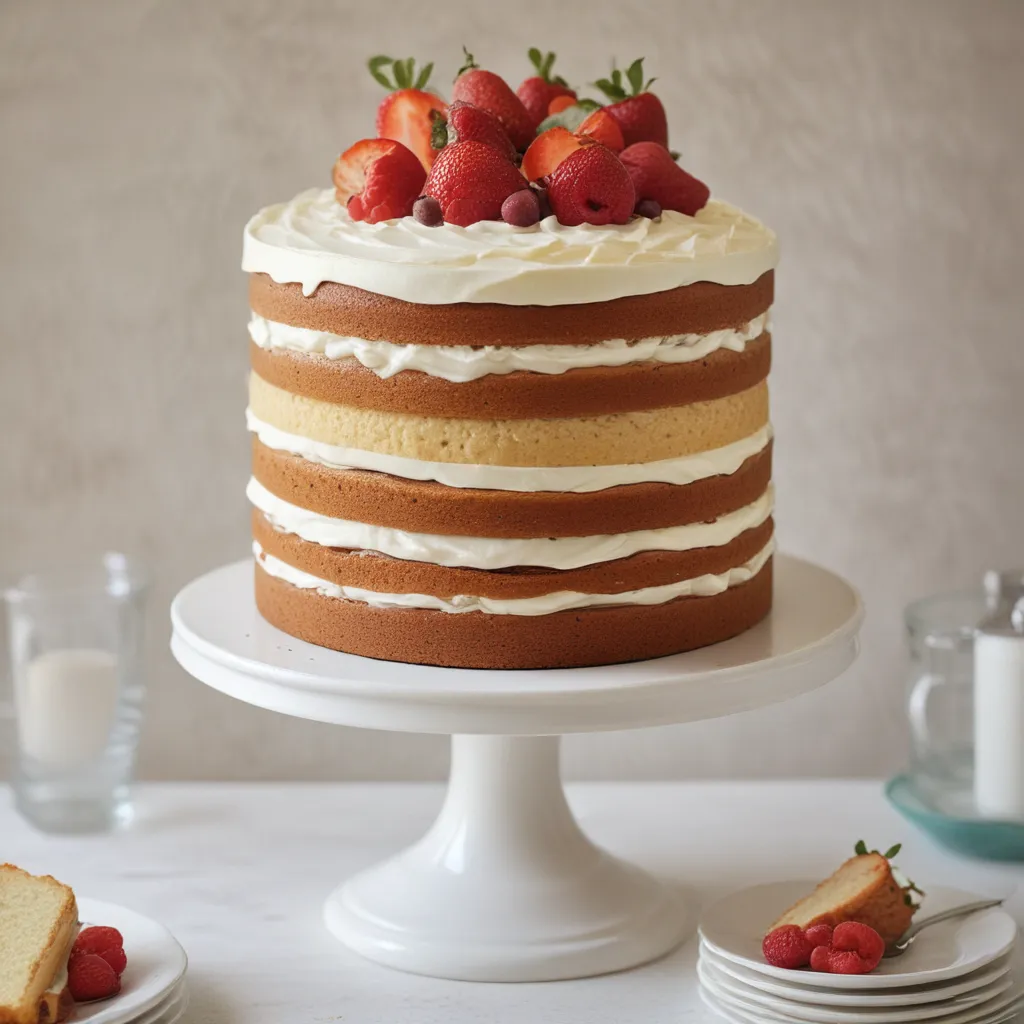Ah, the world of custom cakes – where the only limit is your imagination (and maybe a few laws of physics). As the proud owner of Jax Cake Shop in San Jose, I’ve seen my fair share of cake conundrums. But let me tell you, once you master the art of cake boards and dowels, the sky’s the limit!
Choosing the Right Cake Board
Let’s start with the foundation – the cake board. This unsung hero holds the weight of your masterpiece, so it’s crucial to get it right. Now, I know what you’re thinking – “a cake board is just a piece of cardboard, how hard can it be?” Well, my friend, let me enlighten you.
Cake boards come in all shapes and sizes, from the simple round variety to intricate custom designs. The key is to choose a board that’s at least an inch larger than your cake – this gives you the necessary space to decorate the edges and ensures your creation doesn’t end up looking like it’s balancing on a tiny platform.
But the real magic happens when you start to layer cakes. That’s where the different board sizes come in handy. Say you’ve got a three-tier wonder in the works – you’ll want to use an 8-inch board for the bottom tier, a 6-inch board for the middle, and a 4-inch board for the top. This not only provides a sturdy foundation, but also creates a beautiful, stepped effect that’s sure to impress.
And let’s not forget about the material. Cardboard is the classic choice, but you can also find cake boards made of wood, acrylic, or even fancy-schmancy lacquered options. The material you choose will depend on the overall aesthetic you’re going for and the weight of your cake.
Mastering the Art of Dowels
Now, let’s talk dowels. These unassuming little rods are the backbone of any multi-tiered cake. They’re the invisible heroes that keep your creation from turning into a sugary avalanche.
The key to using dowels is all about strategic placement. You’ll want to insert them into the bottom tiers, with the top tier resting directly on the exposed ends. This not only supports the weight, but also ensures a smooth, even surface for stacking.
But wait, there’s more! Dowels come in a variety of materials, from sturdy wooden rods to food-grade plastic. And the length? Well, that depends on the height of your cake. As a general rule of thumb, you’ll want the dowels to extend about an inch above the cake tier they’re supporting.
And let’s not forget the all-important cutting technique. Precision is key here, folks. Use a sharp knife or even a dowel cutter (yes, that’s a thing!) to ensure your dowels are perfectly flush with the top of the cake. Trust me, it makes all the difference in the world.
Putting it All Together
Alright, now that we’ve covered the basics of cake boards and dowels, let’s put it all together. Imagine a three-tier beauty, each layer a different flavor and covered in the most intricate, edible masterpieces.
First, you’ll want to start with your bottom tier, nestled snugly on an 8-inch cake board. Carefully insert your dowels, making sure they’re evenly spaced and extend just past the top of the cake. Then, place your middle tier on top, resting it directly on the exposed dowel ends. Repeat the process, this time using a 6-inch board.
Finally, it’s time for the grand finale – the top tier. Gently lower it onto the exposed dowels, making sure it’s perfectly centered. And voila! You’ve just created a cake that could rival the Leaning Tower of Pisa… but, you know, without the whole tipping over thing.
Troubleshooting Tips
Of course, no cake-building journey is without its challenges. That’s why I’ve compiled a few troubleshooting tips to keep you on track:
Wobbly Tiers: If your cake tiers are feeling a bit unsteady, it might be time to re-evaluate your dowel placement. Make sure they’re evenly spaced and extending the right height above the cake.
Sinking Tiers: Ah, the dreaded sunken cake. This could be a sign that your dowels are too short or your cake is just too heavy for the board. Try using longer dowels or upgrading to a sturdier board material.
Cracked Cakes: Yikes, a cracked cake can really put a damper on your day. This is usually caused by uneven cooling or drying. Make sure to let your cakes cool completely before assembling, and consider using a cake leveler to ensure a smooth surface.
And remember, every cake is unique, so don’t be afraid to experiment and find what works best for your creations. The more you practice, the more confident you’ll become in your cake-building prowess.
Conclusion
Well, there you have it, folks – the inside scoop on using cake boards and dowels. From choosing the right size and material to mastering the art of strategic placement, I’ve covered it all.
Now, I know what you’re thinking – “but Jax, how do I put all this newfound knowledge into practice?” Well, my friend, I have the perfect solution. Head on over to Jax Cake Shop in San Jose, where we can bring your cake dreams to life. From classic wedding cakes to over-the-top birthday masterpieces, our team of talented bakers and decorators are ready to help you create something truly unforgettable.
So, what are you waiting for? Let’s get building!





